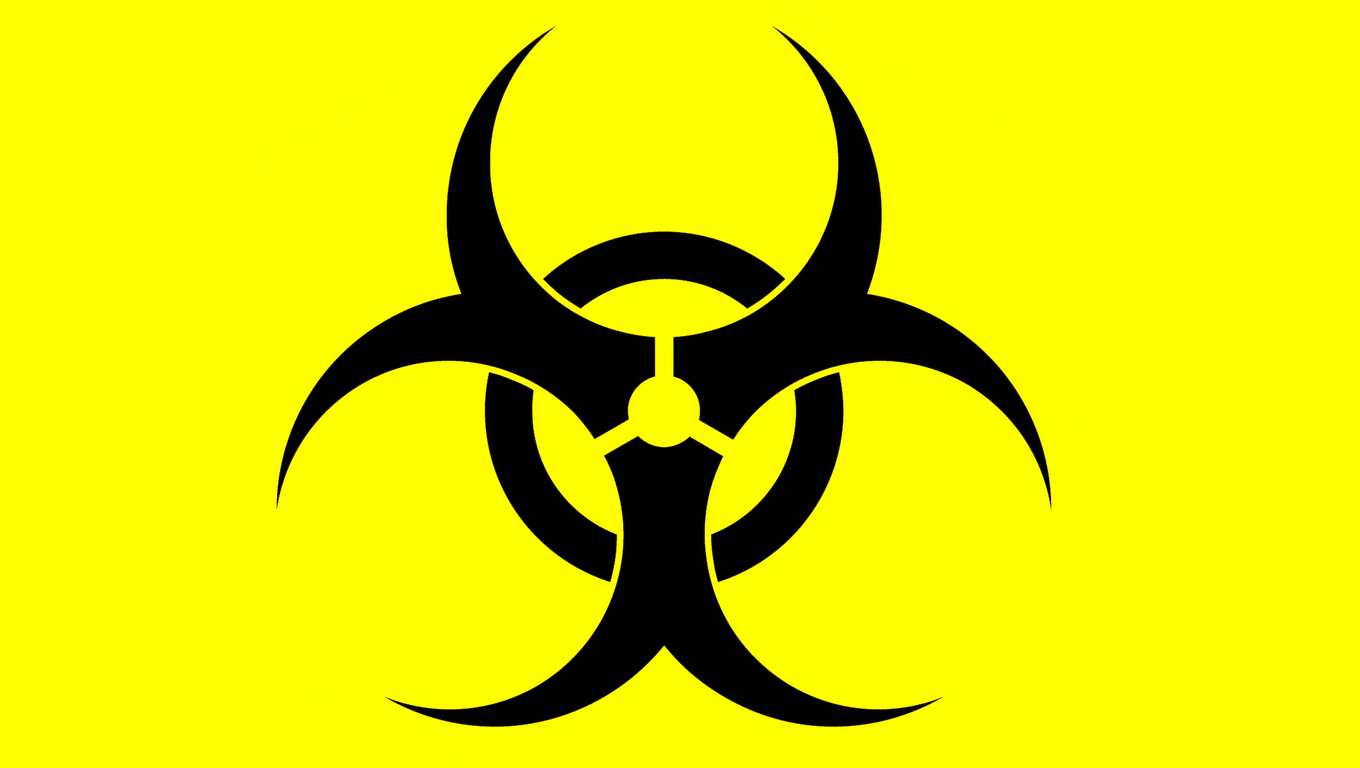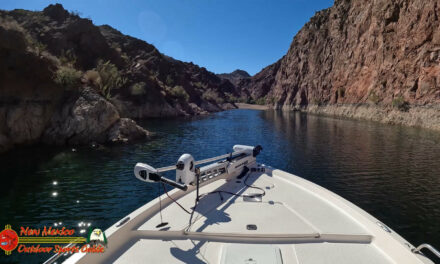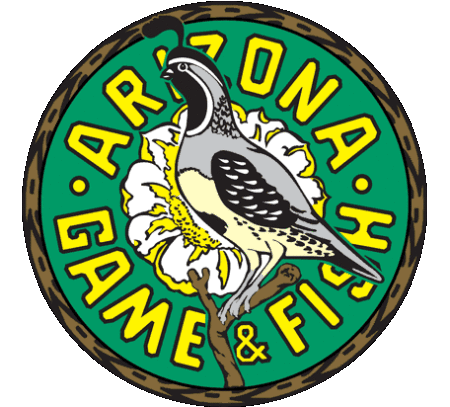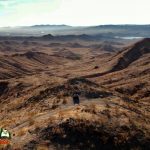the nuisance exotic plant hydrilla in Lake Austin on the Colorado River
have reduced the hydrilla infestation to its lowest level since it was
discovered here in 1999, a result that bodes well for dozens of other
Texas lakes facing similar threats.
– Lake Mohave
Hydrilla is currently present in only about nine acres of Lake
Austin, according to the July survey by the Texas Parks and Wildlife
Department. This is a decrease from 26 acres in May and 201 acres in
July 2004. At the highest point in 2002, hydrilla covered more than 300
acres of the lake.
The TPWD survey also showed that Lake Austin has about 75 acres of
other vegetation, primarily pondweed and Eurasian milfoil. These plant
species provide beneficial cover for fish and are not posing a nuisance
to lake users.
“An important lesson from Lake Austin that applies statewide is that
we did not rush the solution,” said Phil Durocher, TPWD inland
fisheries director. “Our goal from the beginning has been to address
the problems caused by hydrilla for landowners, boaters, swimmers and
others while protecting the interests of anglers who enjoy the enhanced
fishing opportunity provided by vegetation cover.”
TPWD, the City of Austin, the Lower Colorado River Authority and
Friends of Lake Austin (a lakeside homeowner group) in 2002 agreed on a
plan to battle hydrilla. Tactics agreed on included lake drawdowns,
stocking of sterile grass carp and the release of hydrilla flies to eat
the hydrilla, approved pesticides, mechanical harvesting and bottom
barriers.
“The temptation in situations like this is to over-react,” said Earl
Chilton, TPWD’s leading expert on exotic aquatic plants. “It might have
been tempting to stock thousands of grass carp immediately. But, the
partners created a plan incorporating several strategies, including
research to make sure the carp would work as intended. The result is we
still have adequate vegetation of other kinds and a healthier fishery
and ecosystem. The steady, deliberate approach is better in the long
run.”
First discovered in Texas three decades ago, hydrilla has since been
found in nearly half of the 200 public water bodies managed by Texas
Parks and Wildlife Department fisheries biologists, particularly those
in the eastern part of the state.
Hydrilla was originally introduced in the United States as an
aquarium plant, and has since spread throughout the South. Because it
grows rapidly from fragments, hydrilla can be unintentionally
transported from lake to lake attached to boat trailers or boat motor
propellers. It can grow up to four inches a day in clear water, so it
can establish quickly and spread rapidly.
A certain amount of vegetation, especially native plants that
evolved in Texas waters, is healthy. However, exotic plants like
hydrilla can get out of control, and can limit boating and swimming and
other recreational access, restrict flows in canals and rivers,
interfere with power plant intakes and other industrial water uses, and
harm fish and wildlife.
In 2001, floods made worse by hydrilla created new and expensive
problems on Lake Austin. Homes that had never been flooded were
inundated by hydrilla that slowed water flow along the Colorado River.
Huge mats of uprooted hydrilla made their way downstream and clogged
hydroelectric power generators operated by the Lower Colorado River
Authority, resulting in an estimated loss of $300,000 due to plant
shutdowns.
Lake managers or communities with exotic aquatic plant problems have
several control options available. A law passed earlier this decade by
the Texas Legislature requires individuals or organizations to submit
an Aquatic Vegetation Treatment Proposal to TPWD for approval. The
department recommends a comprehensive approach known as Integrated Pest
Management, which advocates choosing the best tools for the situation.
Complete information is on the TPWD Web site.
– Lake Mohave








